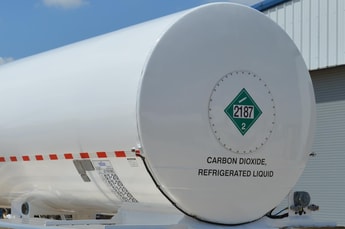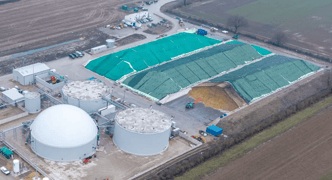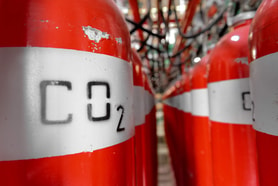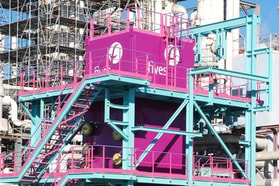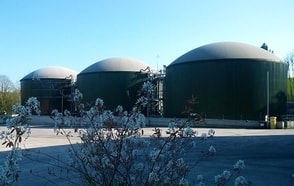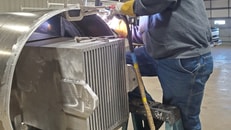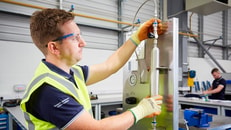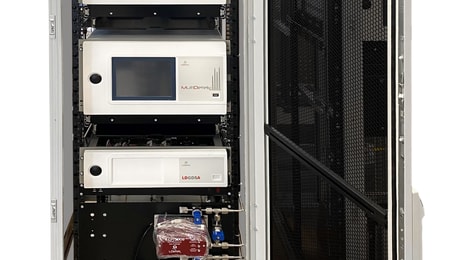CO2 fundamentals and safety, part one
The carbon dioxide (CO2) molecule is composed of one carbon atom covalently bonded to two oxygen atoms. At less than 0.04%, carbon dioxide is still the fourth most common gas present in the earth’s atmosphere. Natural sources of CO2 include volcanic outgassing, forest fires, biomass decay, animal respiration, and oceanic evaporation. In its vapour and liquid states CO2 is colourless with a slightly pungent odour and a biting taste (which you all recognise if you have tasted a fountain drink that was dispensed with no flavouring). In its solid state, dry ice is white.
CO2 is heavier than air and gathers in low places. To state that CO2 is not just a simple asphyxiant but is one of the most overlooked of all toxic gases, may be a surprise to many safety professionals. A concentration of 19.5% oxygen is the hazardous condition threshold for oxygen deficiency in most jurisdictions. In the case of CO2 in a confined space, with an oxygen meter reading of 19.5%, the concentration of CO2 could be much higher than the generally accepted workplace exposure limit.
“The bottom line is that if you wait until the oxygen deficiency alarm is activated, and the deficiency is due to the presence of CO2, you will have substantially exceeded the toxic exposure limit.” (Robert E. Henderson, https://ohsonline.com/Articles/2006/07/Carbon-Dioxide-Measures-Up-as-a-Real-Hazard.aspx?m=1&Page=2). While low-concentrations are not harmful, higher concentrations can affect respiratory function, cause excitation and depression of the central nervous system.
... to continue reading you must be subscribed


